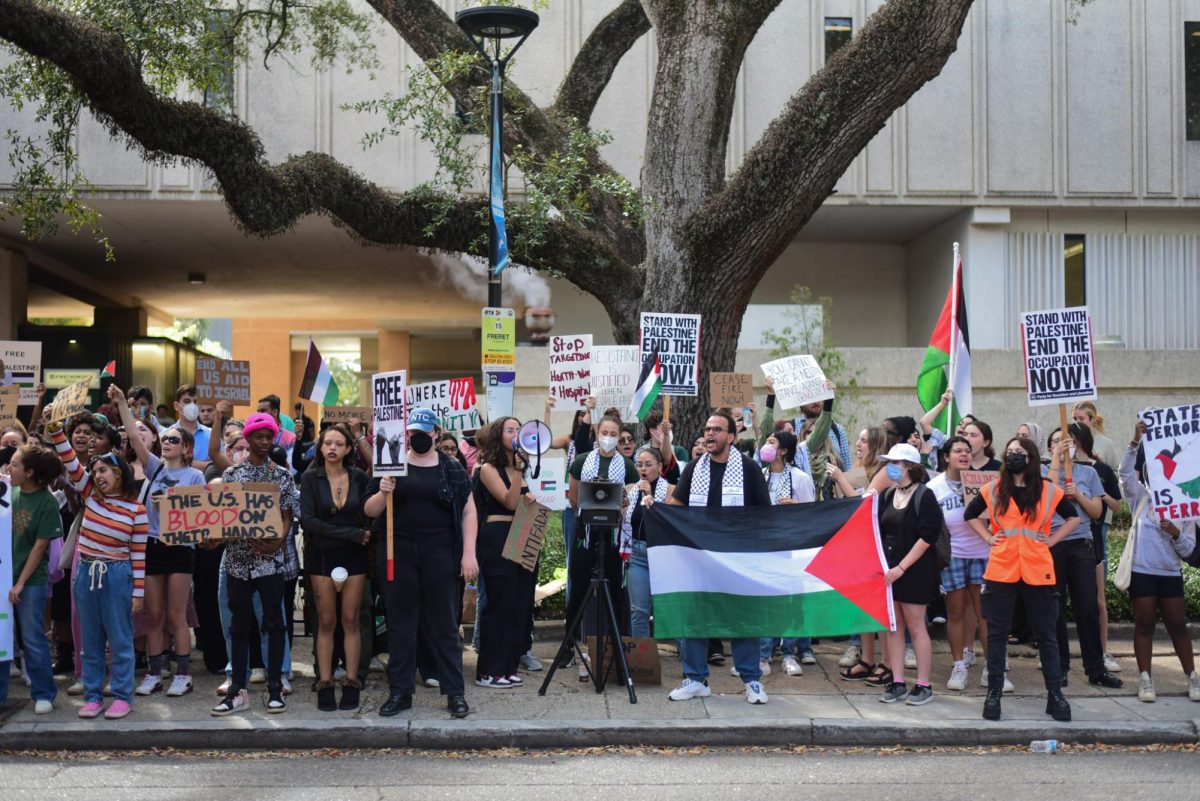The death count for December’s tsunami topped 266,000 Wednesday morning when the Indonesian Health Ministry confirmed the deaths of almost 70,000 who had been listed as missing. The toll will continue to rise as more missing are confirmed dead, but the exact number likely will never be known.
The relief effort that began immediately after the tsunami has swelled to unprecedented international cooperation and charity. Countries have already pledged $739 million in relief toward the $977 million requested by the United Nations. The “Rebuilding Nations” program is expected to eventually cost $3.5 billion.
Although most feel that the international effort is admirable, some criticize the United States for not pledging a larger percentage of the gross national product. President Bush has responded to the criticism by saying that the U.S. has pledged more than any country except Japan, and that military peacekeepers stationed in Indonesia are welcomed, despite the Indonesian government’s announcements to the contrary.
The United Nations convened Tuesday in Japan for a conference on disaster reduction. While an early tsunami warning system has been in place over 50 years in the Pacific Ocean, nothing equivalent monitors the Indian and Atlantic oceans. Thousands of deaths could have been prevented if the alert had gone out when the waves first struck Indonesia, but no international warning system exists. The U.N. announced that warning systems must be implemented for all natural disasters, and set a tentative goal of July 2006 for a tsunami-monitoring network in the Indian Ocean.
Although the long-term impacts of the tsunami are not yet known, scientists are already releasing preliminary findings. The earthquake that caused the wave was powerful enough to shift the island of Sumatra three feet and slightly sped up the earth’s rotation. According to Australian researchers, the 9.0 magnitude quake, the largest in the last 40 years, caused the earth to wobble about 2.5 cm on its axis. Three weeks afterward, the earth was still vibrating slightly.
Environmentalists say the tsunami permanently changed the ecosystems. The initial wave killed much of the marine life, ripping coral reefs apart and depositing dolphins, turtles and fish inland. As the waters receded, they carried chemicals, sewage and silt into the ocean, all of which choke and kill coral reefs. Aside from concern for endangered species, the contamination also presents serious problems for fish-dependent countries such as Indonesia, where people rely on sea life for over half of their protein.
Millions remain homeless and displaced almost a month after the disaster. Southeastern Asian countries, already some of the poorest in the world, are slowly facing the unthinkable task of trying to rebuild in the face of death, disease, homelessness and environmental wreckage.
Kelly Brown can be reached at [email protected].













